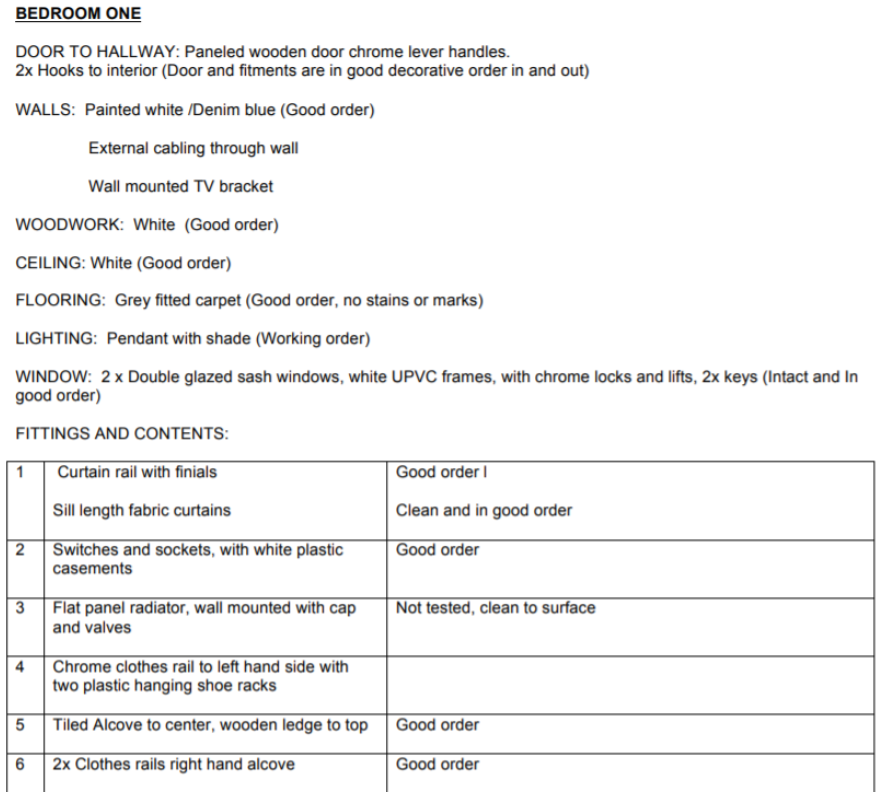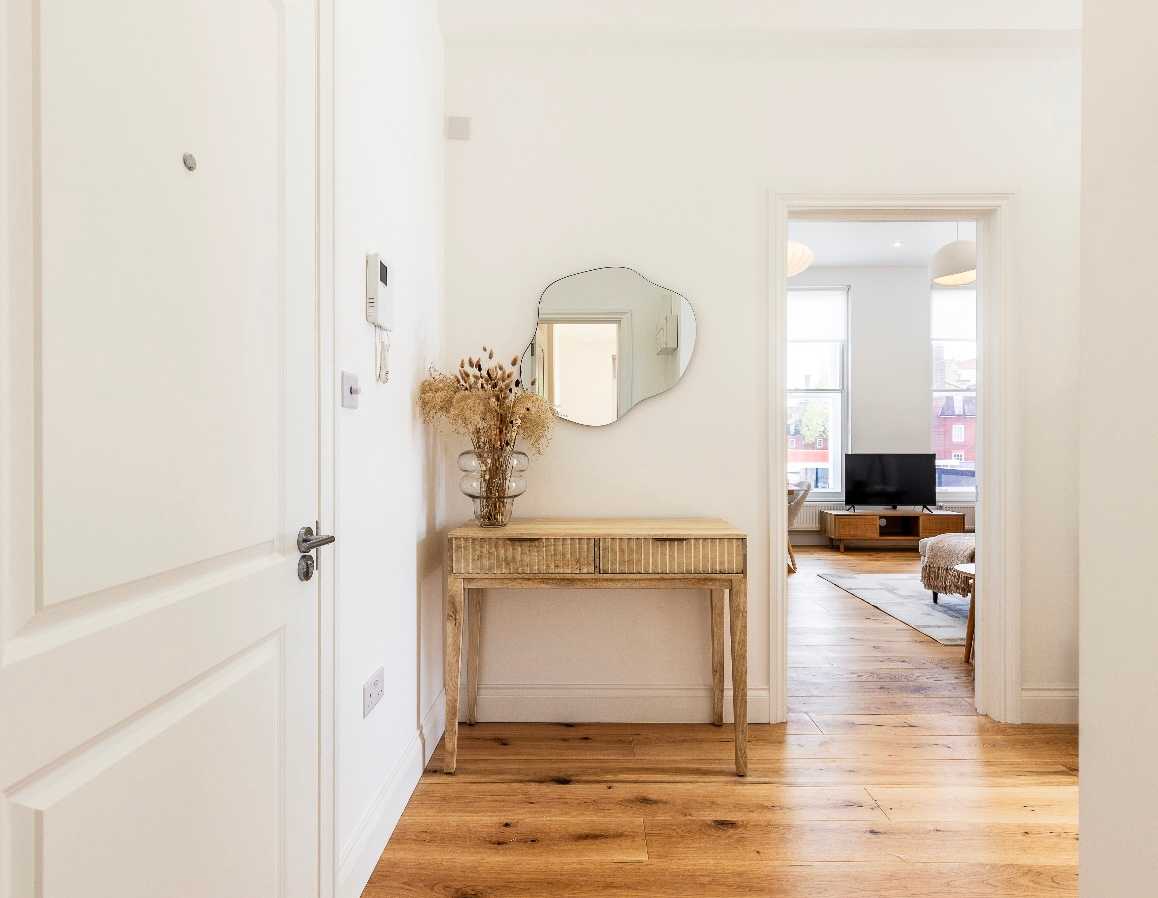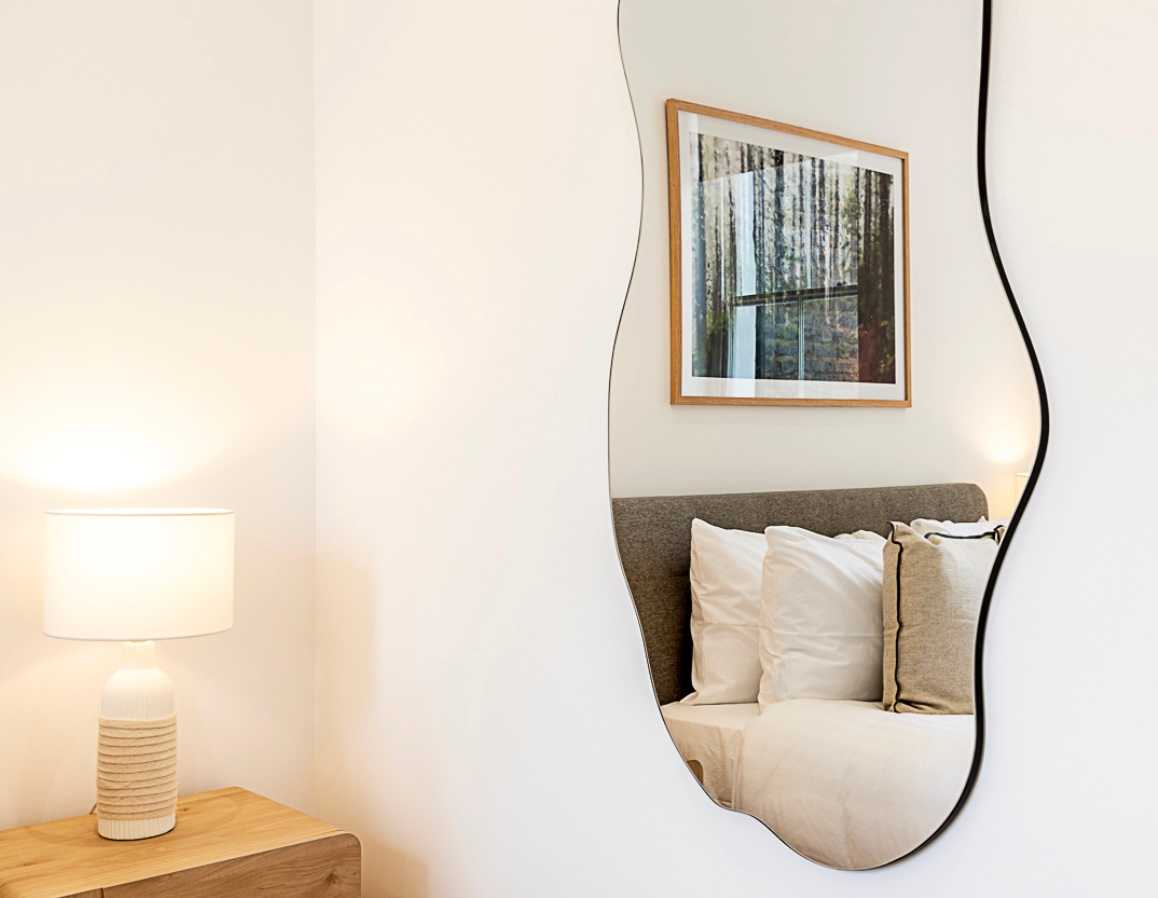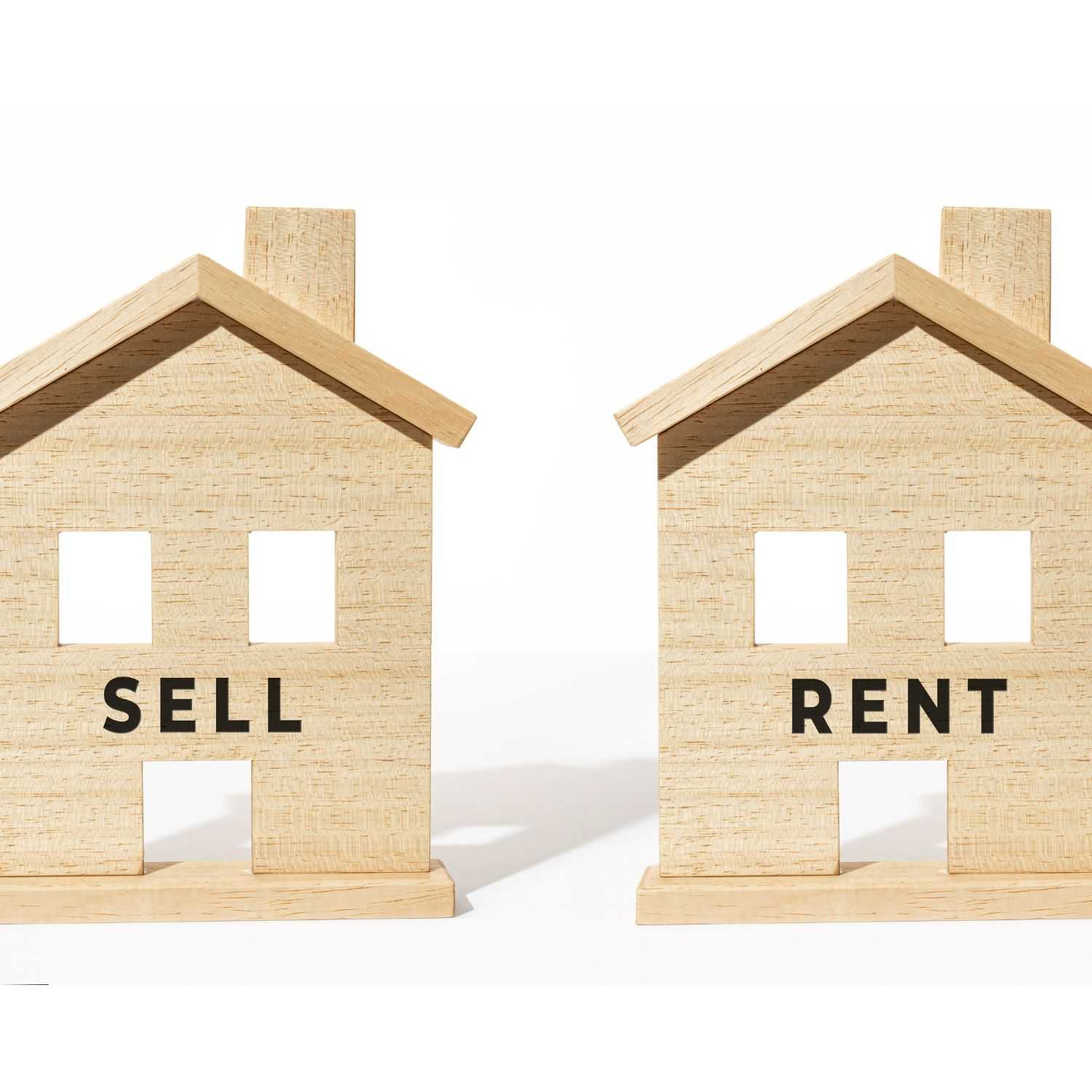Share
An inventory report is a detailed and factual document, setting out the current condition of each room within the property, and its specific contents. e.g. furniture, carpets, crockery, work surfaces, and fitted appliances. More often than not, these reports include supporting photography and written notes for specific items if required.
There are two types of inventory reports; a check-in and a check out report. Both of these reports should be completed by an independent and partial body such as our partners, Home Inventories and MOT Inventories. At the end of the tenancy, the check-in and check out reports can be compared, allowing the landlord and tenant to agree on any fair deductions from the security deposit for damage caused throughout the existing tenancy period.
It is vital that once the inventory reports are completed, they are sent immediately to the tenants for their agreement and signature. Tenants are advised to read the report carefully, to avoid paying additional fees at the end of their tenancy.
Why complete inventory reports?
- Inventory reports help to protect the condition of the property and its furnishings. The tenants are aware that they are responsible for its good condition, and therefore are more likely to maintain the property well, for fear of being charged for either fixing or replacing items.
- On the other hand, tenants benefit from greater security. Due to photographic evidence, tenants cannot be charged unfairly for pre-existing damage to the property or for reasonable wear and tear through general usage.
- If an agreement cannot be made between the landlord and tenant regarding deductions from the security deposit, the inventory report is the main tool an adjudicator will use to determine the outcome. It’s imperative to have these inventory reports as evidence to ensure the matter is resolved quickly.
How much does an inventory report cost?
Inventory report costs vary depending on the size of the property, often more specifically the number of bedrooms within the property.
On average, you could expect to pay from:
- £85 for a one bed or studio
- £100 for a 2 bed
- £115 for a 3 bed
- £130 or a 4 bed and so on.
Landlords are now liable to pay for both check-in and out inventory reports due to the recent government guidelines within the ‘Tenant Fees Act’. These guidelines state that all letting and tenancy set up fees previously paid by tenants in the private rented sector, are now banned, and must be covered by the landlord.
Examples of an inventory report















